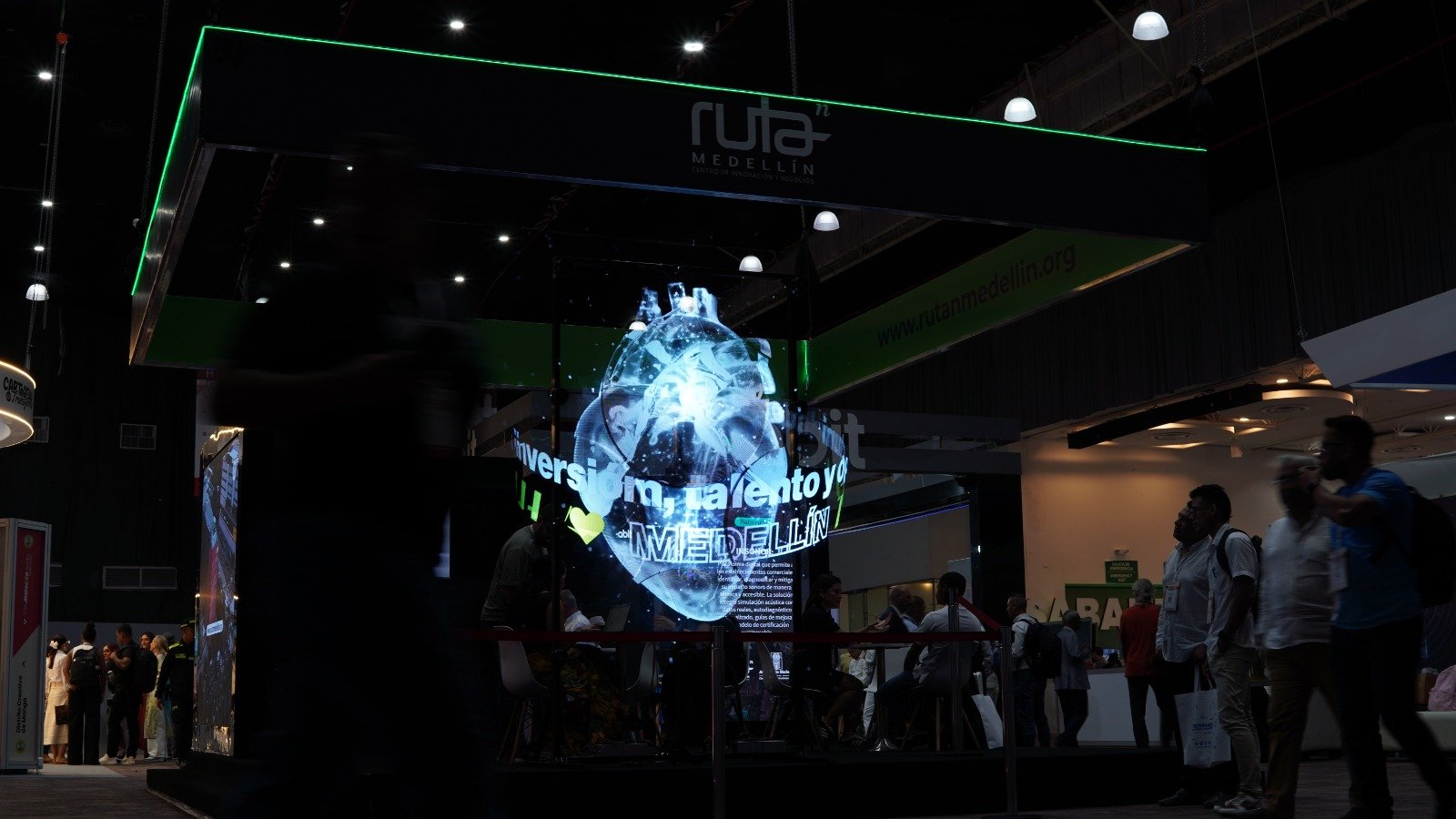
AI Hallucinations: Let’s Learn More About Artificial Intelligence
By Ruta N -AI is transforming the world as we know it by simulating human processes such as learning, reasoning, and problem-solving through machines trained on massive amounts of data. That’s why we bring you the ABCs of Artificial Intelligence, so we can talk about neural networks, Generative AI, and even some hallucinations.
Although myths about machines imitating human intelligence go back to ancient times, it wasn’t until 1943 that Warren McCulloch and Walter Pitts introduced their model of artificial neurons. This is considered the first form of artificial intelligence—even before the term itself existed.
Neural networks are AI systems inspired by the human brain, connecting many artificial neurons in layers. Each neuron receives data, processes it, and passes the information along to others, forming a network that learns to recognize patterns and solve complex tasks.
Generative AI, also known as GenAI, uses complex neural network models focused on generating “original” content from existing data. It’s trained to learn patterns and structures in order to produce new outputs such as images, music, text, videos, code, and much more.
Artificial Intelligence can also make mistakes. Generative AI systems sometimes produce inaccurate responses, known as “hallucinations” or “confabulations,” because they cannot distinguish what is real from what is false.
YouTube is a great example of AI in action. The platform recommends content based on a person’s previous viewing history. These algorithms are trained to make predictions and identify patterns by learning from historical data.




-1.jpg)


